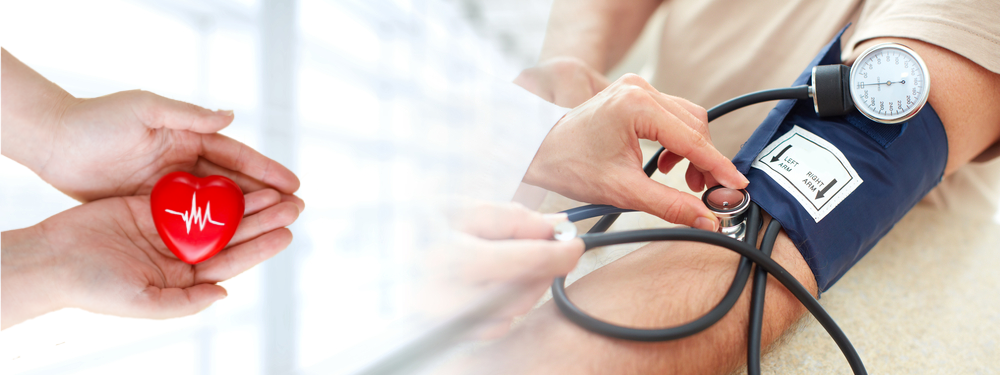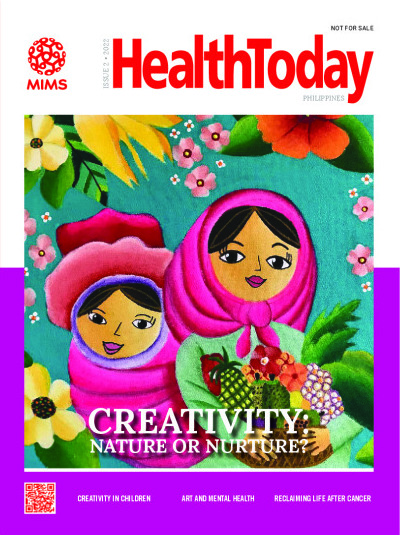
The Global Burden of Hypertension
Hypertension continues to exert a significant disease burden worldwide and is considered among the top contributing risk factors for mortality, globally.1 Uncontrolled hypertension is attributed to an increased risk of cardiovascular events such as stroke and heart attack and is deemed as one of the top causes of premature death and disability.2 Unfortunately, about 80% of these attributable burdens occurred in patients from low- to middle-income countries.2
These statistics highlight the need for adequate treatment and control of hypertension, or its prevention in those at risk, with the ultimate goal of preventing or at least delaying its complications. This of course necessitates prompt detection and diagnosis of the disease. Yet, according to recent data from the WHO, 46% of adult patients with hypertension are unaware of their condition, and consequently, less than half are treated.1
Knowing Your Numbers
Since most patients with hypertension may not feel any symptoms, for some, the only way to detect hypertension would be to have their blood pressure regularly checked. This is especially true for those with multiple risk factors for the development of hypertension, which includes: advanced age, family history of hypertension, being overweight or obese, having a sedentary lifestyle, a high-sodium diet, or excessive alcohol consumption.1
Increased awareness and patient education are likewise essential in promoting screening, which is the first step in decreasing the global burden of hypertension and its complications. In this light, the month of May is marked in the Philippines as hypertension awareness month, with this year’s theme being #KnowYourNumbers, which encourages everyone to have their blood pressure checked regardless of age.3 The Philippine Clinical Practice Guidelines for Hypertension defines the blood pressure classification for adult Filipinos as follows:4
- Normal Blood Pressure: <120/80 mmHg
- Borderline Blood Pressure: 120-139/80-89 mmHg
- Hypertension ≥ 140/90 mmHg
Preventing and Managing Blood Pressure
Given the socioeconomic impact of the disease and its potentially fatal complications, it is important to take steps to prevent hypertension in those at risk. This may be achieved through healthy lifestyle choices such as avoidance of tobacco use, moderation of alcohol consumption, adopting an active lifestyle, managing overweight and obesity, and eating a healthy diet.5 Furthermore, screening and early detection allow for prompt diagnosis and treatment for those at risk, thereby delaying or thwarting complications.
Meanwhile, for patients already diagnosed with hypertension, regular consultation with their doctors and compliance with prescribed anti-hypertensive therapy, on top of lifestyle changes, are necessary for good blood pressure control.4,5 It is also important to regularly screen for and control other non-communicable diseases that also increase cardiovascular risks, such as diabetes mellitus and dyslipidemia.
Bridging Gaps and Curbing the Numbers
The statistics showing the rise of non-communicable diseases such as hypertension, and the lag in its detection rates worldwide highlight a gap that needs to be bridged. This is especially concerning considering that the burdens of such diseases are borne mostly by low- to middle-income countries,1 where their impact may be amplified by socioeconomic factors outside of the realms of healthcare.
Faced with such circumstances, prompt detection is necessary so that opportunities for primary prevention of complications are not missed and the burden of complicated disease is curbed. This in turn engenders the need for patients to recognize the importance of screening for such diseases and their involvement in the management of their disease and risk factors.
References:1. World Health Organization: Hypertension. Available at: https://www.who.int/news-room/fact-sheets/detail/hypertension. Accessed 01 June 2023. 2. Lawes CM, et al. Lancet. 2008;371:1513–8. 3. DOST-PCHRD: Celebrate Hypertension Awareness Month This May. Available at: https://www.pchrd.dost.gov.ph/news_and_updates/celebrate-hypertension-awareness-month-this-may/ Accessed 01 June 2023. 4. Ona DID, et al. J Clin Hypertens. 2021;23:1637– 1650. 5. Center for Disease Control and Prevention: High Blood pressure. Available at: https://www.cdc.gov/bloodpressure/index.htm Accessed 01 June 2023.




